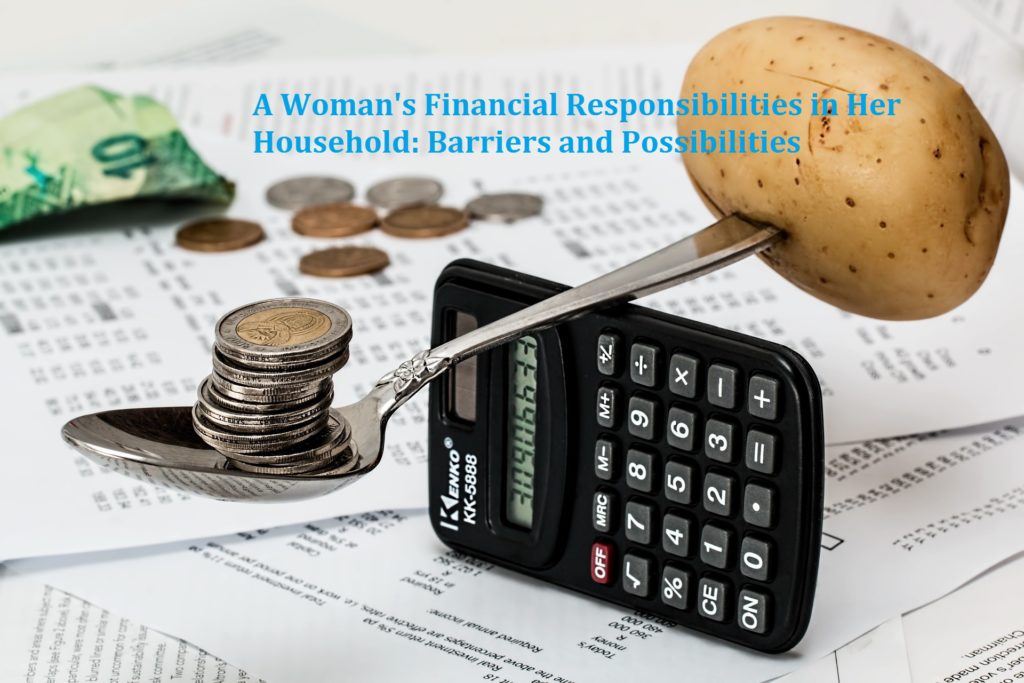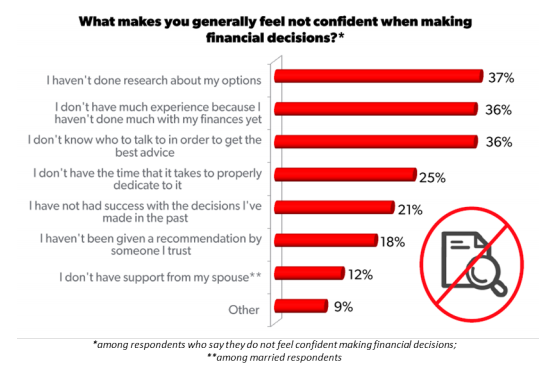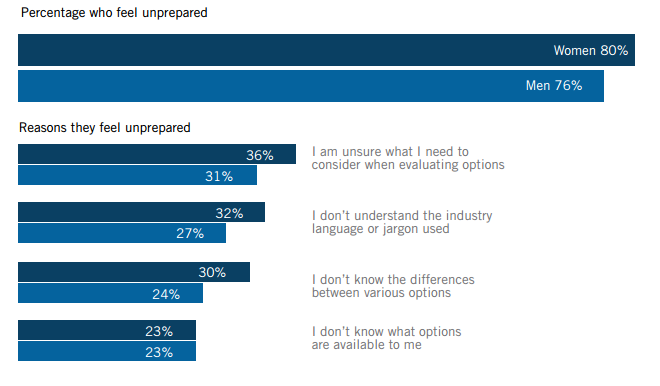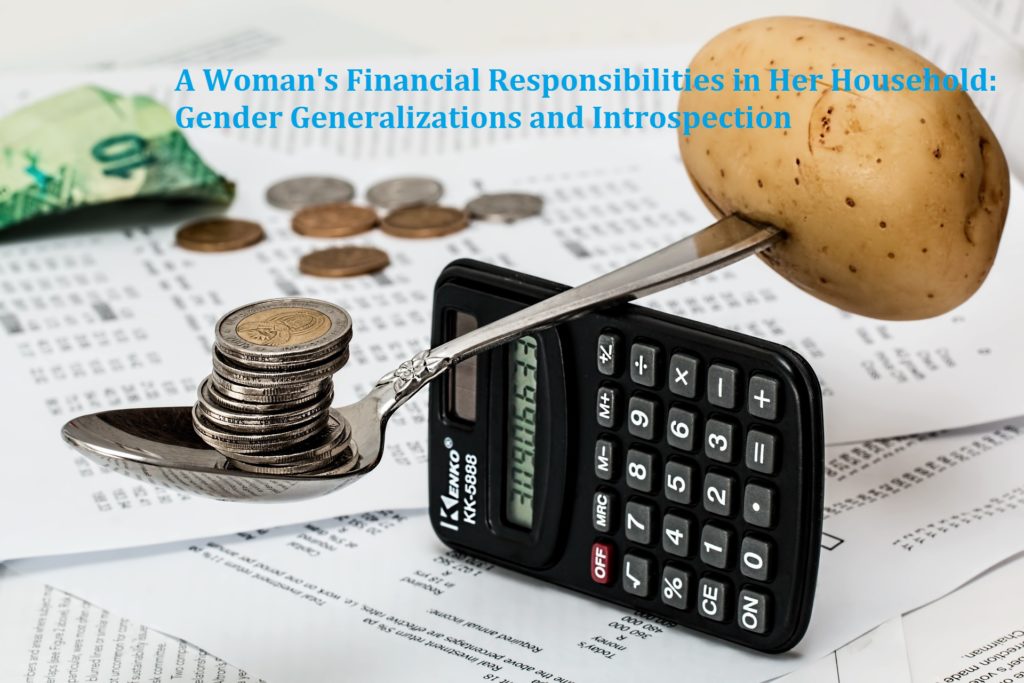
Polls and surveys consistently showed women tend to worry more about making investment mistakes than our male counterparts do and get bogged down in all the financial jargons and end up completely confused. We’re also more likely to think the stock market is too risky. All this boils down to women’s lack of confidence and lack of knowledge when it comes to investing. In this post, I share a simple strategy that helped me make sense of the stock market. Despite the strategy’s simplified approach, it gave me the motivation and confidence I needed to get into the stock market. I hope you’ll find my story inspiring, and I encourage you to give the stock market a(nother) chance. I also challenge you to rethink some of your misconceptions about men and women. This is especially important when many women believe that men are more knowledgeable when it comes to making investment decisions, more assertive and more risk-tolerant.
When I Shop
For years, I’ve been using the unit price comparison strategy when I shop. This was something my mother taught me when we were still living in China. During my first couple years in the U.S., navigating through the grocery market was overwhelming. However, understanding numbers and being able to do simple arithmetic helped tremendously. I had no problem figuring out how much an item costs per pound, ounce or gram, square foot or meter, etc. As my English vocabulary grew, I found myself comparing unit prices while keeping in mind the ingredients list. It made sense to me that a product has almonds listed as the first ingredient charges a higher price than another product that listed almonds as the third ingredient. Once I mastered this strategy, look-alike products (and of various sizes) on rows and rows of shelves no longer intimidate me.
Women as Shoppers
As a gender, women are being praised for being good shoppers. And for many of us, we know that’s true and we own this identity. We instinctively know that $3 off a $6 sandwich is a great deal. When the math gets a little complicated, we use the trusty calculator on our phones for assistance. The calculator also makes doing price comparisons easy when unit prices aren’t readily displayed. In general, it’s safe to say that we, women, carry an air of confidence with us while shopping for groceries, household items, clothing or services. So, why do so many women feel intimidated when it comes to shopping in the stock market? Buying stocks is just another form of purchase, right?







